Click here to read an original op-ed from the TED speaker who inspired this post and watch the TEDTalk below.
The Space Shuttle's three main engines and two solid rocket boosters spewed fire and smoke, and their deafening noise roared in my ears during seven launches into space. Burning millions of pounds of fuel, the rockets shook the ground, and even 300,000 gallons of water pouring over the launch pad could only attempt to soften the thunder as we humans escaped the grip of earth's gravity.
Eight and one-half minutes later, the mighty engines stopped. Then the only sounds came from our voices, the flow of air circulated by fans, the rip of Velcro releasing stowed equipment, and the clatter as we prepared to begin our assigned work.
Without the sophisticated listening devices scientists use on earth to hear the whispers of the universe, to an astronaut space is infinite quiet, a place where we bring the only sounds that break the silence. Our Space Shuttle noiselessly raced around the earth at 17,500 miles per hour, an orbit every 90 minutes.
On nine occasions during my seven missions, I had the incredible opportunity to float through an airlock hatch and perform spacewalks. Outside the Shuttle, my space suit was a cocoon that protected me from the extreme temperatures and vacuum of space. It also isolated me in my own quiet world. All alone, I experienced the earth, the stars, and the vast darkness that extends beyond our knowledge.
During spacewalks, the space suit's large visor surrounding my face gave me an ear-to-ear view that was like standing in the middle of a huge picture window. There was no atmosphere. It was crystal clear. It was like I could see to the beginning of time. - Jerry L. Ross
During spacewalks, the space suit's large visor surrounding my face gave me an ear-to-ear view that was like standing in the middle of a huge picture window. There were no structures to obscure what I could see. There was no atmosphere. It was crystal clear. It was like I could see to the beginning of time. The only sounds I heard came from the occasional voices of my fellow crewmembers, the capsule communicator back in Houston, and the gentle whirr from the suit fan that in time became "white noise" and disappeared from my consciousness. Being there gave me a wonderful feeling of freedom and exhilaration.
During a spacewalk on my third flight, I had a few moments to pause between tasks. It was night time, and I turned off my helmet lights. I leaned back and stared into the blackness of space. Suddenly, I had a strong sensation that I was at one with the universe and that I was doing exactly what God had designed me to do.
Approaching the end of my ninth and final spacewalk, my feet were anchored in a foot restraint on the end of the International Space Station's robotic arm. The arm was going to take me back to the airlock hatch where we would conclude the spacewalk. At that point I was just along for the ride.
The sun would soon be setting. I was looking west and below my feet was the Mediterranean Sea. I was traveling at five miles per second to the east. As we crossed past the Nile River Delta, the sun set. I turned off my helmet-mounted lights and raised my sun visor. I watched the stars, and I saw thunderstorms over Israel and Lebanon. The robotic arm started to move. Now the darkened earth was over my head and the stars were below my feet. I tried to soak it all in as a permanent memory to cherish for the rest of my life.
We are learning a great deal by using sophisticated instruments and listening to the sounds of the universe. But there are times that we have to be very quiet and carefully listen. My journeys in space have taught me the value of being perfectly quiet and surrounded by silence. Just like our ancient ancestors who first looked up to the stars and tried to make sense out of what they saw, it is in silent moments that we hear the soft voice that helps us understand our role and place in the universe.
Jerry Ross is a retired astronaut who supported the U.S. Space Shuttle program from before the first launch through the last. He set and now shares with Franklin Chang-Diaz the world record for number of space launches - seven -- and he ranks third in the world for number of space walks -- nine. His new book is Spacewalker: My Journey In Space and Faith as NASA's Record-Setting Frequent Flyer, published by Purdue University Press.
Ideas are not set in stone. When exposed to thoughtful people, they morph and adapt into their most potent form. TEDWeekends will highlight some of today's most intriguing ideas and allow them to develop in real time through your voice! Tweet #TEDWeekends to share your perspective or email tedweekends@huffingtonpost.com to learn about future weekend's ideas to contribute as a writer.